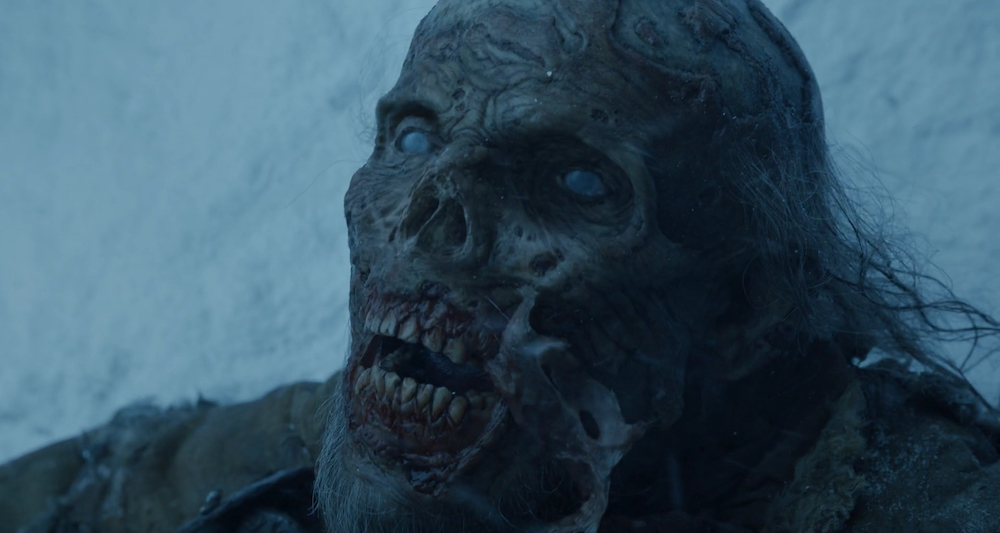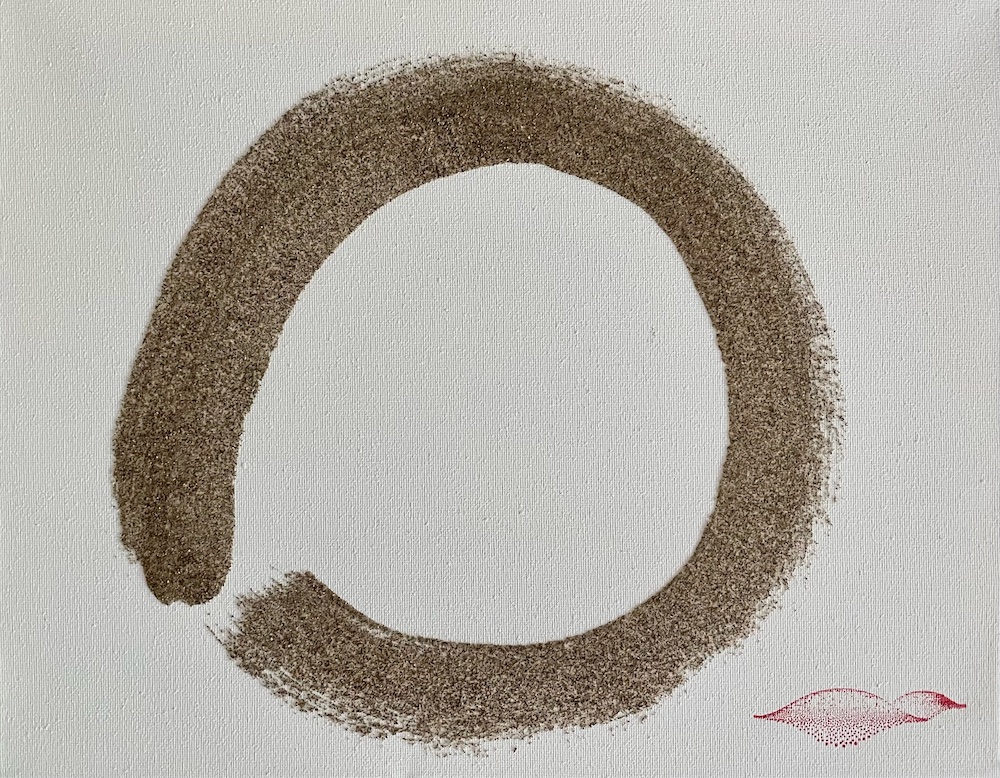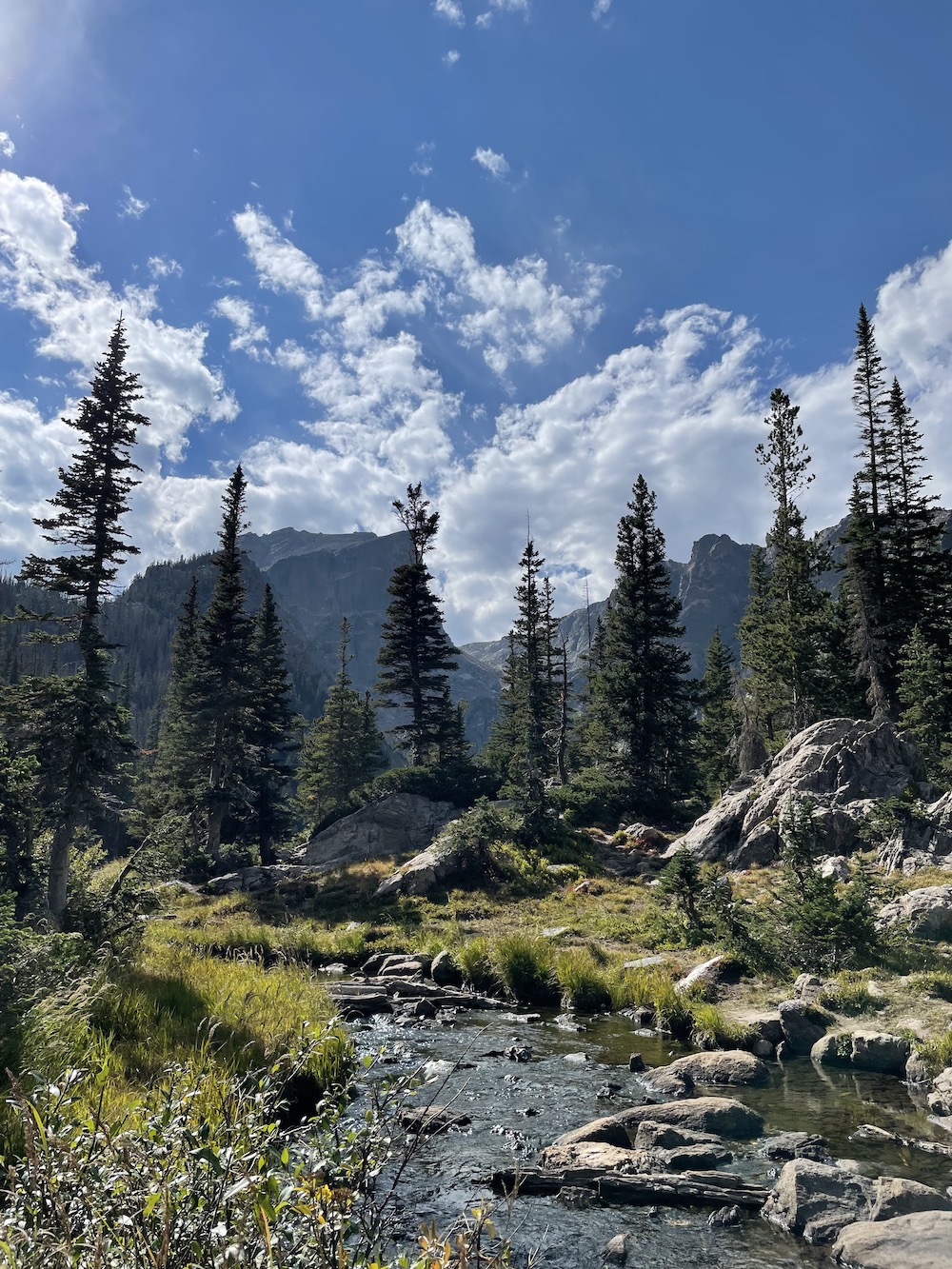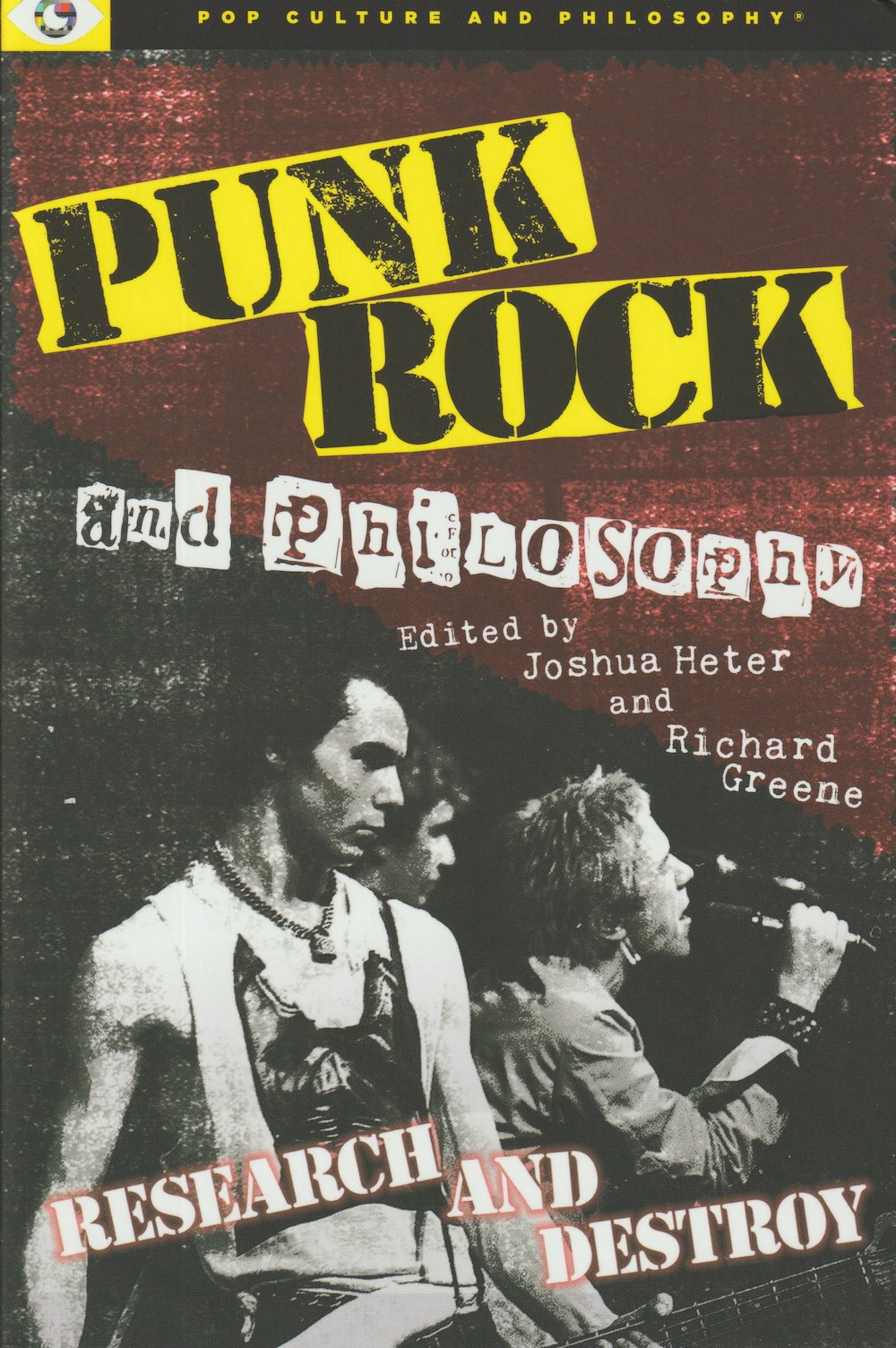Even under the notion or guise of sanctity, access and control are still very closely tied to power structures and the hierarchies that establish and regulate them, and copyright law has played a large role in how this has developed.
Amid a critical examination of intellectual property in his Reclaiming Critical Remix Video (2018), Owen Gallagher briefly references a famous sixth-century Irish story revolving around the unauthorized copying of an illuminated manuscript that sparked much debate and bloodshed: Colmcille had visited his former teacher, Finnian, at his monastery in Moville and made his own handwritten copy of a section of the Vulgate housed there (presumably a psalter). Discovering the copy, Finnian demanded that Colmcille hand it over. Upon refusing, the case was brought before the king. Siding with Finnian, the king declared that the copy belonged to him, since it was made without authorization. A battle commenced between the king and Colmcille, with Colmcille ultimately winning and his copied text eventually becoming one of the oldest illuminated manuscripts in Ireland (see pgs. 206–7; a much more elaborate account of this story is available here as well).
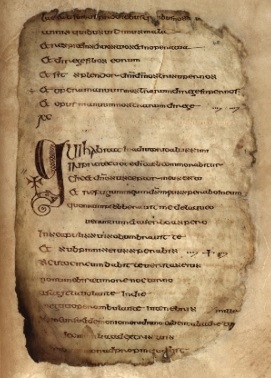
While this story is itself a great example of some of the issues surrounding intellectual property, some of the broader points upon which Colmcille’s argument were based are what I addressed during a recent conference here in Denver (in person!) in the context of religion, authority, and copyright…or rather, the right to copy: 1) copies do not diminish use-value, 2) they help secure the longevity of an original’s contents, and 3) they make the material and wisdom therein more widely available and accessible.
Much of what I discussed hinged on a perspective grounded in remix theory, of course, and the fact that ancient texts are often the product of compilation, copying, interpretative adjustments, translation, limitations of memory, and scribal error, which also makes them some of the oldest textual remixes in our communicative history. But, access and control are obviously very closely tied to power structures and the hierarchies that establish and regulate them. And that was one of my main points.
My presentation also heavily centered on copyright law in the United States, and I took my other panelists, respondent, and audience on an incredibly riveting journey through the history and development of copyright and intellectual property law.
Don’t worry. I’m not going to do that again here. Well. At least not to that full extent.
But I do want to address those points in that story by briefly extending them to a broader context involving the copyrighting of sacred texts by religious institutions. Andrew Ventimiglia discusses this topic in detail in his book-length treatment of copyright in American religious traditions (Copyrighting God, 2019), so you should definitely grab a copy if you want to dive even further into this. We’ll come back to him in a moment. For now, let’s get this bit about copyright in the United States out of the way.
In his entry on “Authorship” in Keywords in Remix Studies (2018), John Vallier notes that the historic birth of copyright law and modern conceptions of intellectual property can be traced to the 1710 Statute of Anne in Great Britain, when individuals were given rights over their creations, with governing and judicial bodies maintaining authority over the regulation of them.
This historical first “copyright” was meant to prevent monopolistic holds among publishers for the sale of books and the exclusive right to publish and distribute, but without the concerns over use and control that accompany contemporary understandings in the twenty-first century. Lawrence Lessig cogently maps this out in his Free Culture (2004), which is still free to access online here. But here’s the gist of it:
That copyright had a fourteen-year duration and could only be renewed once if authors were still alive. Works published before the adoption of the statute were given a twenty-one-year period of protection without a renewal option. The United States context similarly reflected the one in Britain, but bringing to the forefront some of the confusions and uncertainties over how such protections were to be formally regulated and how to recognize the status of the works one might encounter. This all changed in 1790 when Congress passed the first federal legislation superseding state-level laws guiding copyright. The first United States copyright law also held a fourteen-year duration with an option for renewal if the author was still alive. Otherwise, the work would pass into the public domain. The renewal was also only given to works when their producers wanted copyright granted – presumably, if they felt those works still had commercial value.
In 1831, the length of protection increased to twenty-eight years plus a fourteen-year renewal – so, from twenty-eight to a maximum of forty-two. In 1909, it changed to twenty-eight years plus a twenty-eight-year renewal, which meant up to a maximum of fifty-six years. In 1976, the copyrights of all existing works were extended by nineteen years. Anything created after 1978 by individuals and corporations was granted the maximum term: authorial life plus fifty years for individuals and seventy-five years for corporations. Copyright renewal for works created before 1978 was abandoned in 1992, and anything still under copyright was simply given the maximum at the time.
The desire to have copyright granted no longer mattered by this time either: it was now an automatic protection for anything created that could be copyrighted. It was inherently granted without registering with the government and without publicly indicating that the copyright exists. Then, in 1998, the term was extended for existing and future copyrights by another twenty years. The maximum term was extended to life plus seventy years for individuals and ninety-five years for corporations. While such legislative protections were mostly guided by earlier concerns over the copying of published work, material culture and its digital evolution has led to an increased disjunction between copyright law, the permitted use of protected material, and new sorts of monopolistic holds on creative content. The digital age has introduced issues of “copying” that were never the concern for analog culture in the way that they are now, which inherently problematizes the ways people interact with cultural artifacts and engage with notions of authorship and ownership.
Religious organizations are certainly players in this game of regulation and control as well.
“Through the operative categories of authority and control,” Ventimiglia notes, “intellectual property rights can become useful tools for the organization of spiritual knowledge and the regulation of access to that knowledge that, in turn, serves to order people and the myriad social relationships that link them together” (p. 25). Several new religions that emerged in the United States, he explains, such as Christian Science, the Urantia movement, Worldwide Church of God, and the Church of Scientology, “found in intellectual property a potential solution to some of the challenges all new religious movements face as they seek to organize a new religion.” As copyright owners, they secured their authority and authenticated narratives of origin; through licensing, they built organizational structures; by monitoring interpretations, sermons, and commentaries as derivative works, they maintained social cohesion among their followers; and through the threat of legal action against similar doctrines or practices, they differentiated themselves from other traditions (p. 18).
As copyright law was repeatedly revised and adjusted during the twentieth century, Ventimiglia points out that religious organizations often “tested the range, applicability, and underlying logic of new statutory principles” as some of “the first legal actors to harness and deploy the sociocultural power of intellectual property law to manage the lives of their constituents.” They also deployed some of the less obvious aspects of intellectual property rights, such as “the right not to publish or the use of copyright as a tool for censorship” (p. 10).
But all of this to say, in reality, works are not really being increasingly protected for the sake of extending the breadth of creativity in culture, as is often proclaimed. Society has seen an increase in the centralization and ownership of media by a select few who now, ironically, solely control that content, seemingly indefinitely. Lessig notes, for example, that of the works produced between 1923 and 1942 (the first twenty years covered by the 1998 extension act), only an estimated two percent of it still has commercial value (p. 221). The preservation of copyright for such a minuscule amount – though held by those corporations most responsible for lobbying copyright extensions – has done a greater disservice to the rest of the work covered by the same legislation, he argues: much of it remains lost to the public, possibly forever, as its origins and ownership remain increasingly obscure, or the works themselves becoming subject to physical deterioration before being digitized (see chapter thirteen in Free Culture…it’s as illuminating as it is depressing). One can’t help but ponder the number of textual traditions in various religions that might have been lost as a result of not being copied as well.
Lessig references Mickey Mouse and Walt Disney’s legacy of remixing culture and techniques to produce his own unique works as an exemplar case to additionally demonstrate the cultural detriment of such centralization and control in a world predicated upon recyclability and creative repurposing. The Walt Disney Company also played a major role in lobbying for the 1998 extension act, which succeeded in further protecting its most famous creation: Mickey Mouse. But, such cultural borrowing and repurposing was common during this time in the industry. Disney wasn’t exactly doing anything out of the ordinary (see the end of my post on Zenimation a couple years ago for a brief sketch of Mickey’s 1928 emergence in Steamboat Willie). Retellings of ancient stories and variations on popular themes were characteristic, and in many ways, still are. Stories in the public domain, like those found among the Brothers Grimm fairy tales, were often retold and recast in unique ways for a new period of storytelling and imagination.
Narrative developments like this can also be understood as sampling processes in which acceptable elements are sourced from official archival databases – or exemplar models – in the creation of unique iterations. This sort of versioning in religious traditions, then, is based on the sampling of archival data in order to remix legitimated material into something unique, which is itself then cycled back into that archival space as additional acceptable material from which to sample again for other developments. This is how authentic iterations of traditions manifest and evolve amid scriptural repositories of narratives that might also be both ambiguous in origin and vast in terms of variation and translation. But, there’s always the question of how the authenticity of sacred narratives is regulated and controlled – that is, what can officially occupy a tradition’s cultural reservoir, and who is allowed (or should be allowed) to determine that, how, and in what ways (I elaborate a bit more on narrative control here).
Cultural creators always build upon what came before them and what currently surrounds them. This is simply how creativity and cultural creation work: they’re dependent upon the principles of recyclability and the looping of cultural feedback. Creation never occurs in a vacuum – whether it’s an animated film or the retelling of a classic narrative to suit context, time, place, and people. We find affinities, then, between a tale of a sleeping beauty in the woods – from the fourteenth-century Arthurian Perceforest, to those published by Giambattista Basile (Sun, Moon, and Talia) and Charles Perrault (The Sleeping Beauty) throughout the seventeenth century, the Brothers Grimm (Little Briar Rose) in the nineteenth century, and, of course, Disney’s Sleeping Beauty (1959) – and those, for example, telling of a flood in the ancient Near East (like what we find in the Sumerian creation account, the Atra-Hasis, the Epic of Gilgamesh, and the biblical Genesis, among a plethora of similar, contextualized accounts stretching across nearby regions and beyond). And such affinities become more noticeable amid recognitions of humanity’s legacy of repurposing and the perpetual recycling of its archival material.
This is precisely why it is so problematic and detrimental to cultural creativity and innovation when centralization of ownership and control of content exists in restrictive ways, and has resulted in a world where cultural works are effectively prevented from ever entering into the public domain. Some of Disney’s most successful films, for example, were those adapted from stories in the public domain. In a chapter in The Participatory Cultures Handbook (2013), Gallagher asserts that if the creators of those works “had exercised their intellectual property rights as rigidly as Disney now does today,” then perhaps “none of these animated films would have been produced.” What if, he suggests, Snow White and the Seven Dwarfs (1937), the world’s first feature-length and color animated film – “the animation equivalent of putting a man on the moon, in terms of breaking new ground, implementing innovations and making history,” he claims – had been squashed by a retroactively extended copyright by the Brothers Grimm for Sneewittchen (1812)? Such a “pivotal moment in the history and development of animation” would certainly be lost, but the realization of this leads to a question with even greater ramifications: “How many of these pivotal moments of blinding cultural innovation are we now missing out on because of the current copyright regime?” Gallagher asks (pgs. 90–1).

In the context of religion, intellectual property law has been able to provide an effective way among certain traditions to exercise control through the administration of their texts – texts through which foundational beliefs and practices are often mediated. Copyright law, according to Ventimiglia, ends up promising “a state-sanctioned means by which to establish official works and stabilize their religiously approved meaning.” It also provides “the authority with which to patrol the channels of distribution through which sacred texts move,” which also provides “the means through which to patrol the relationships between readers networked by the circulation of these texts.” And thus, such legal mechanisms also end up granting these types of institutions “the capacity to assert a measure of authority and control over emergent networks of believers” (pgs. 8–9).
More generally speaking, the forms of censorship and restriction accompanying the right to control how cultural works are used and under what circumstances, along with the constant threat of legal repercussions, has additionally led to a context in which creators have increasingly not created in fear of monetary penalty or prison – what Gallagher refers to in his book as a sort of “dampening effect on future creativity” (p. 231), at least among those without access, control, or the authority to freely utilize and create…or rather, build upon.
But with all of this in mind, let’s cycle back to the story I opened with: Colmcille and his subversive little scribal hand. What, exactly, is Finnian’s argument here? What, exactly, is being harmed or placed at risk when we consider the grounds for Colmcille’s position – that copies don’t diminish use-value, that they help secure longevity of content, and that they make that content more widely available and accessible? Is it the text Colmcille copied? Or the institutional hold over who is allowed to participate in scriptural development, how, and in what ways? Colmcille didn’t exactly change the content of the text he replicated either. And even if he did, it would have been held to a broader adherence to its own archival repository of acceptable iterative textual data among informed adherents anyway. What we might argue was at stake in that story, then, and what is echoed in people like Lessig’s and Gallagher’s criticisms of copyright law in general, is not so much a displaced paranoia that with something like reformed copyright law comes an age defined by vast derivatives that falsely represent the works they purport to signal and overall less creativity and innovation, but instead, the ability to regulate, control, censor, or profit from the ownership of sanctified material.
Both images are ironically in the public domain.
